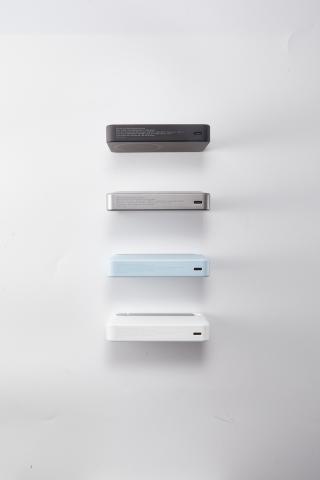On this page
About lithium-ion batteries
Lithium-ion batteries are a type of rechargeable battery which are available in different sizes. Button batteries are a type of lithium-ion battery.
Most laptops, mobile phones, e-bikes, e-scooters, power banks and power tools contain lithium-ion batteries.
Lithium-ion batteries are the most common batteries used in rechargeable devices. This is due to their:
- small size
- high energy density
- better power efficiency than other battery types.
Risks and injuries from the product
Lithium-ion batteries can be highly flammable.
The ACCC saw a 92% increase in reported lithium-ion battery incidents including swelling, overheating and fires in 2022 compared to 2020.
If a lithium-ion battery is not correctly manufactured, handled, stored or disposed of, it can catch fire, explode or vent toxic gas.
Fires from lithium-ion batteries have occurred in homes, offices, and waste and recycling trucks and facilities. These have led to property damage and serious injuries.
A lithium-ion battery fire can be very difficult to extinguish as it may reignite. Depending on the battery size, it sometimes takes days to burn.
Things to look for when buying the product
There isn’t a mandatory safety standard for lithium-ion batteries or products containing lithium-ion batteries.
The following are features you should look for when buying and using a product containing a lithium-ion battery.
- Buy products that contain lithium-ion batteries from a reputable supplier.
- Check if the product contains a lithium-ion battery by looking for labels such as lithium ion, li-ion, li-po and lithium-polymer.
- Follow the manufacturer’s instructions.
How to use the product safely
Handling and storing a lithium-ion battery product
What to do
Store lithium-ion batteries and products in cool, dry places and out of direct sunlight.
Allow the lithium-ion battery to cool after use and before recharging.
Buy replacement batteries from the original supplier or a reputable supplier where possible.
Keep lithium-ion batteries separate from each other when removed from products.
What not to do
Never use lithium-ion batteries, products or chargers that show signs of failure such as:
- denting, crushing or other damage
- overheating
- swelling
- leaking
- venting gas.
Don’t leave lithium-ion batteries or products in hot places such as in parked vehicles.
Don’t modify a lithium-ion battery or use it in the incorrect product.
Never use batteries designed for one product in another product.
Charging a lithium-ion battery
What to do
Monitor device charging times and disconnect products from chargers when fully charged. Consider setting timers as a reminder to unplug devices.
Charge lithium-ion batteries or products on non-flammable surfaces such as concrete, ceramic or steel.
What not to do
Never charge lithium-ion batteries or products on flammable materials such as beds, sofas or carpet.
Never use damaged chargers or charging cables.
Disposing of a lithium-ion battery product
What to do
Check safe disposal options at Recycle Mate or B-Cycle to safely get rid of lithium-ion batteries or products.
What not to do
Don’t throw away lithium-ion batteries or products in household rubbish, recycling bins or hard waste collections. This can cause fires in bins, garbage trucks and waste facilities.
Related recalls
Lithium-ion batteries product safety report
We have 6 recommendations on lithium-ion batteries and consumer product safety for government, regulators and industry.
- Standardise data collection and share information about the hazards of lithium-ion batteries.
- Provide clear and accessible education resources to consumers on lithium-ion battery safety.
- Develop infrastructure, regulation and supporting policies for safe collection and recycling of lithium-ion batteries.
- Build a fit-for-purpose, nationally consistent regulatory framework for electrical consumer products.
- Introduce, administer and enforce clear testing, labelling and storage for lithium-ion batteries and products containing them.
- Continue working with online platforms to make selling lithium-ion batteries safer.
As part of our report, the ACCC received expert views from the Commonwealth Scientific and Industrial Research Organisation (CSIRO) on the product safety risks and mitigation measures for lithium-ion batteries. The report was also informed by stakeholder consultation.
Read the CSIRO lithium-ion battery report ( PDF 2.71 MB ) .
See also
For further information about lithium-ion battery safety contact your state fire department.







